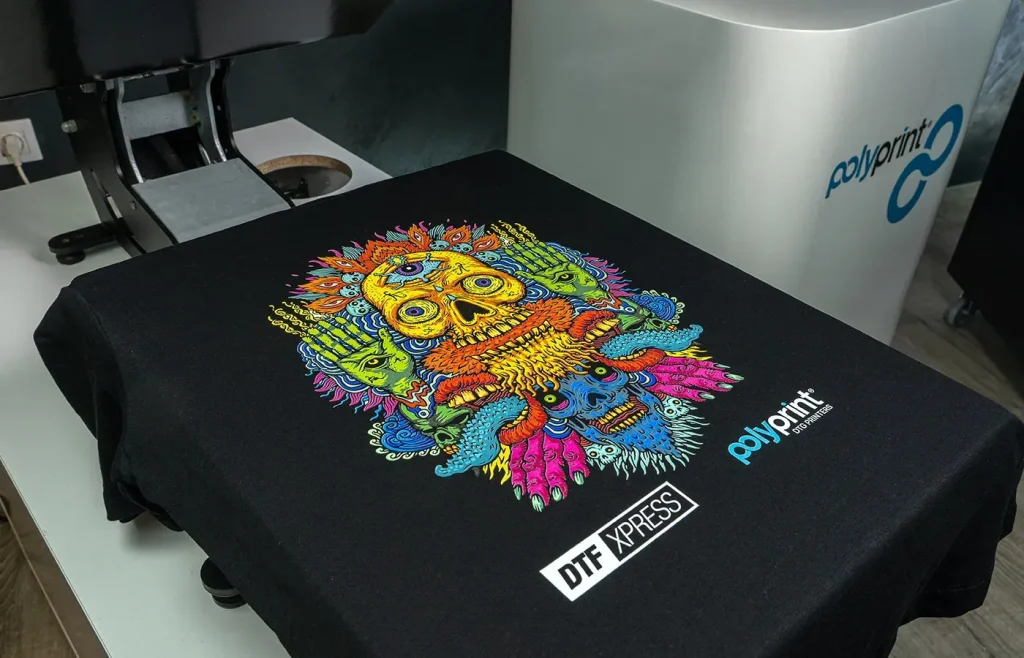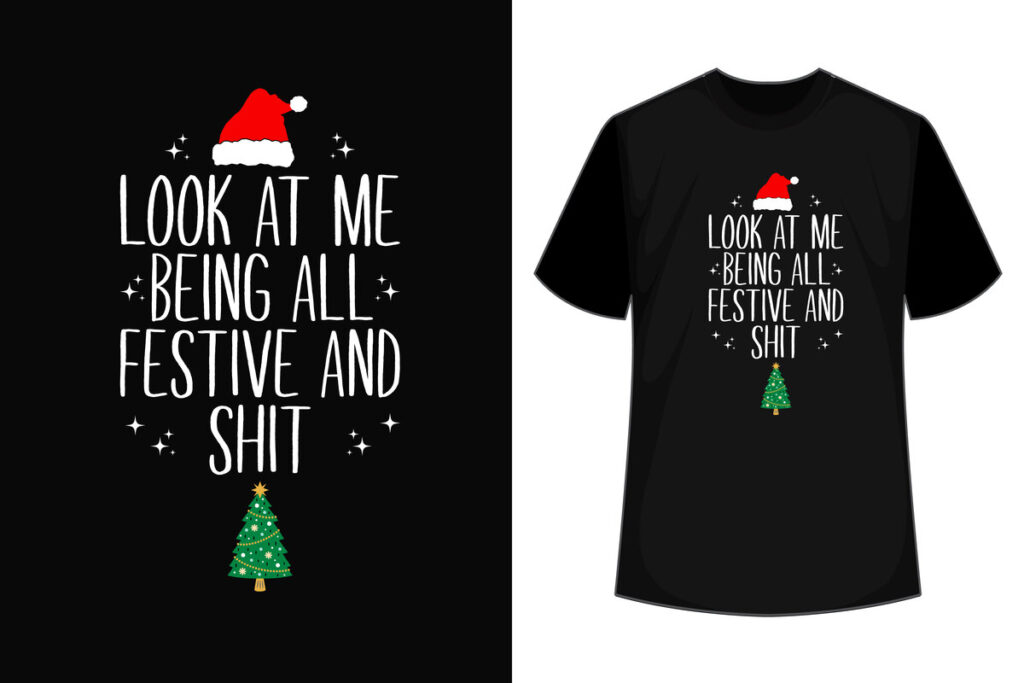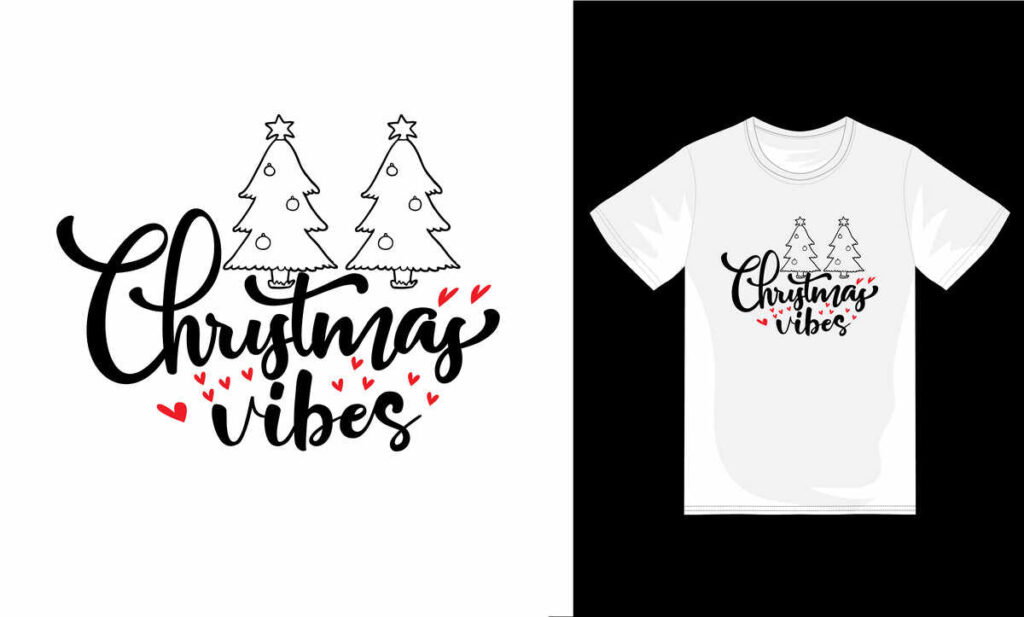DTF printers have revolutionized the fabric printing landscape, offering businesses and hobbyists alike a remarkable way to create vivid and intricate designs on various textiles. As DTF printing technology gains traction, it’s essential to understand how to choose the right DTF printer for your specific needs. Whether you’re a beginner seeking the best DTF printer or an experienced user looking for quality DTF prints, understanding key features is crucial. This guide will help you navigate the options available, ensuring that you select a machine that not only fits your budget but also meets your printing demands. With the right information, you can confidently invest in the ideal DTF printer that promises excellent results and efficient operation.
Direct-to-Film (DTF) printing has emerged as a game-changer in the textile industry, allowing for high-quality designs to be seamlessly transferred onto fabrics. As more enthusiasts and businesses explore this innovative method, knowing how to select the right equipment becomes paramount. From understanding the vast array of DTF printers for beginners to grasping the nuanced specifications that spell the difference between mediocre and superior prints, this exploration is essential. Factors such as print resolution, speed, media compatibility, and overall budget considerations will guide you through making an informed decision for your DTF printing needs. Ultimately, by understanding these crucial elements, you can ensure the success of your fabric printing projects.
Understanding the Benefits of DTF Printing Technology
DTF printing technology has gained significant traction in recent years due to its impressive versatility and superior quality. This method is remarkable because it allows for the application of vibrant colors and detailed designs directly onto various fabrics, making it an excellent choice for apparel manufacturers and designers looking to produce eye-catching custom textiles. One of the main advantages of DTF printing is the ability to print on a wide range of materials, including cotton, polyester, and blended fabrics, which opens up a world of printing possibilities.
Another benefit of using DTF printing technology is its durability. Unlike some traditional methods, DTF prints exhibit exceptional resistance to washing and fading, making them ideal for products that will see frequent use. The bonding process involved ensures that the ink adheres well to the fabric, resulting in long-lasting designs that maintain their intricate details over time. This level of durability is particularly beneficial for businesses aiming to increase customer satisfaction with high-quality, reliable products.
Key Specifications to Look for in DTF Printers
When investing in a DTF printer, understanding the key specifications is critical to ensure you choose the right model for your printing needs. Print resolution is one of the most important specifications to consider, typically measured in DPI (dots per inch). A higher DPI, preferably at least 1200, is ideal for achieving sharp images and intricate designs that will impress your customers. This level of detail is non-negotiable for professionals wanting to create quality DTF prints that showcase their artistry.
In addition to print resolution, the maximum print width is another specification that impacts your workflow. If you often work with larger designs, selecting a printer with a wider print capability is essential. DTF printers’ dimensions vary, making it important to assess the types of products you intend to print. A printer that can accommodate your maximum design size without sacrificing quality will save you time and resources in the long run.
How to Choose the Best DTF Printer for Your Needs
Choosing the best DTF printer is not just about picking the most popular model on the market; it’s about finding one that meets your unique needs. Start by evaluating your specific printing volume and the types of designs you plan to create. If you’re a beginner, look for models that are user-friendly and come with comprehensive support resources. Beginner-friendly DTF printers often include easy setup procedures and helpful troubleshooting guides.
Next, consider your budget. DTF printers can range significantly in price, from entry-level models to high-end machines. It’s vital to look beyond the initial purchasing cost and consider long-term expenses such as maintenance, ink, and other supplies. By carefully analyzing these factors, you’ll find a DTF printer that not only fits within your budget but also proves to be a sound investment for your printing business.
The Importance of Vendor Reputation in DTF Printer Selection
When selecting a DTF printer, the reputation of the manufacturer can significantly influence your overall satisfaction with the product. A reputable vendor should have positive reviews and a history of excellent customer service. This is especially important for businesses that rely on their printers for daily operations. A brand with a high level of customer support can help you deal with issues quickly, ensuring minimal downtime and unhindered workflow.
Additionally, many established vendors provide useful resources such as maintenance tutorials, community forums, and online training, which can be invaluable for growing your skills and maximizing the potential of your DTF printer. A strong support system can make the difference between a frustrating experience and one that enhances your printing capabilities, so research user testimonials regarding vendor reputations before making a decision.
Maximizing Efficiency with Software Compatibility in DTF Printers
Software compatibility is a crucial aspect to consider when choosing a DTF printer. Ensuring that the printer integrates smoothly with your existing design programs can significantly enhance your efficiency. Look for printers equipped with color profiling software that is easy to use and compatible with popular graphic design applications. This compatibility can streamline your workflow and lead to better print quality by allowing for precise color matching and adjustments.
Moreover, the ability to customize color profiles and settings can greatly impact the final output of your DTF prints. Advanced software features can allow you to manipulate image parameters, adjust gradients, or fine-tune levels to achieve the desired quality. Therefore, investing in a DTF printer with strong software capabilities not only simplifies your design process, but also helps in producing vivid, high-quality prints that can truly stand out.
Exploring User Reviews to Enhance Your Decision-Making Process
User reviews can be a powerful tool when selecting a DTF printer. They provide first-hand insights from other users who have experienced the printer’s capabilities and limitations in real-world settings. By examining case studies specific to your industry, you can gauge which models are best suited for your target market and production requirements. Reviews often highlight common concerns such as durability, ease of use, and overall value, helping you make an informed choice.
Additionally, understanding the nuances in customer feedback allows you to anticipate potential challenges and solutions. Look for trends in user experiences, as this can indicate particular strengths or weaknesses within specific models. By leveraging user reviews, you can better navigate your choices in the competitive DTF printing market and select a printer that aligns best with your business goals and operational needs.
Frequently Asked Questions
What is the best DTF printer for high-quality prints?
The best DTF printer for high-quality prints typically features a minimum print resolution of 1200 DPI, ensuring that your designs are sharp and vibrant. Brands like Epson and Brother offer reliable models that are well-regarded for their print quality, speed, and versatility in handling various fabrics.
How do I choose a DTF printer that fits my needs?
When choosing a DTF printer, consider key aspects such as print resolution, print speed, maximum print width, and media compatibility. Also evaluate your budget, including costs for maintenance and supplies. Research user reviews and vendor support to ensure a good purchasing decision.
What are the advantages of using DTF printing technology?
DTF printing technology offers many advantages, such as producing vibrant colors and intricate designs on a wide range of fabrics. It also provides greater durability compared to traditional printing methods, making it ideal for apparel, home décor, and promotional items.
Can beginners operate DTF printers easily?
Yes, DTF printers can be user-friendly for beginners, especially models that come with comprehensive instruction manuals and user-friendly software. Additionally, many manufacturers provide online resources and customer support to help new users navigate setup and operation.
What type of ink is best for quality DTF prints?
For quality DTF prints, water-based inks are often preferred due to their low toxicity and high print quality. However, solvent-based inks can provide more durability for outdoor use. It’s essential to choose inks that are specifically formulated for DTF printing to achieve the best results.
What should I look for in customer support for my DTF printer?
When evaluating customer support for a DTF printer, look for vendors that offer comprehensive training materials, online tutorials, and responsive customer service. A strong support system can significantly enhance your user experience and help resolve any issues that may arise during operation.
| Key Specification | Description |
|---|---|
| Print Resolution | Measured in DPI, at least 1200 DPI is recommended for professional quality. |
| Print Width | Variable max width, usually between 60 to 120 cm. Choose based on design needs. |
| Ink Type | Water-based inks are safer; solvent-based inks are more durable. Consider eco-friendly options. |
| Print Speed | Important for businesses; check prints per hour to match output needs. |
| Media Compatibility | Ensure compatibility with the fabrics and films you plan to use. |
| Budget Considerations | Prices range from $1,000 to $10,000. Include long-term costs in your budget. |
| Vendor Reputation and Support | Choose reputable brands with solid customer service and support. |
| Customization and Software Compatibility | Check for Color Profiling Software and compatibility with design programs. |
| User Reviews and Case Studies | Research client testimonials for insights on performance and durability. |
Summary
Choosing the right DTF printer is a crucial decision for anyone looking to create high-quality prints on fabrics. Understanding the DTF printing technology is essential as it directly influences the vibrancy and detail of your designs. Key specifications such as print resolution and speed play a significant role in determining the effectiveness and quality of your output. Furthermore, being mindful of your budget and the long-term costs associated with maintenance and supplies can lead to better financial decisions. Vendor reputation and support ensure that you have the necessary assistance throughout your printer’s lifecycle. By taking the time to research and compare options, you can find a DTF printer that not only meets your current needs but also enhances your printing capabilities, allowing your creativity to flourish.



